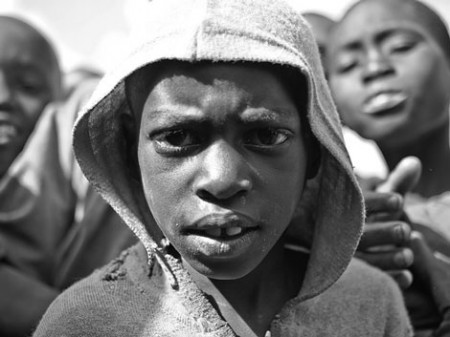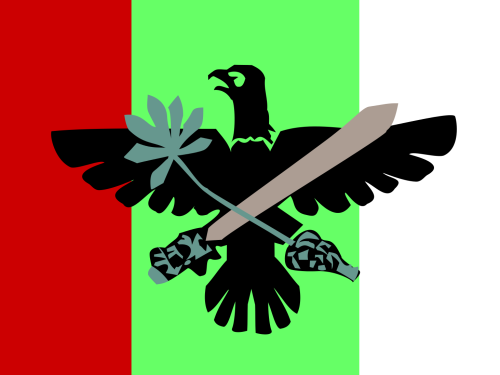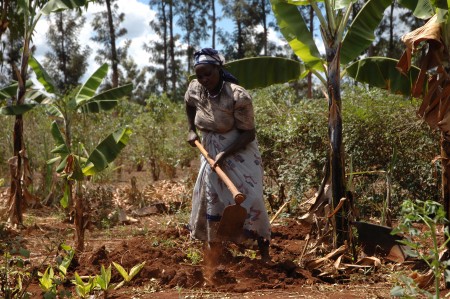
This article was originally published by the IPI Global Observatory on 18 December, 2015.
The African Union Peace and Security Council (PSC) broke new ground yesterday by adopting a communiqué that threatened to launch a 5,000 strong force to protect civilians in Burundi. The communiqué gave the Burundian government 96 hours to consent to the operation or face the scenario of the AU deploying the force anyway. Although Burundi was a member of the PSC—and was actually its designated chair for December 2015—the council utilized Article 8(9) of the Protocol Relating to the Establishment of the PSC (2002) to ask the Burundian delegation to remove themselves from the chamber during the substantive deliberations on this issue.
If the Burundian government consents to its deployment, the force, dubbed the African Prevention and Protection Mission in Burundi (MAPROBU), will still confront many practical challenges, not least how to stabilize the country and help facilitate a political settlement of the crisis there, which is thought to have killed hundreds of people, mainly civilians, in the past few months. However, if the Burundian government calls the AU’s bluff and refuses to invite MAPROBU onto its territory, this raises an even more fundamental set of challenges for the AU. Whatever happens, this communiqué is a novel form of coercive diplomacy exercised by the AU that raises many important questions for African governments, regional organizations, the United Nations, and other stakeholders in Burundi’s ongoing crisis, not least the country’s citizens. This report briefly discusses five of those questions.


